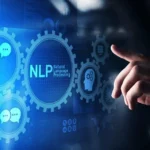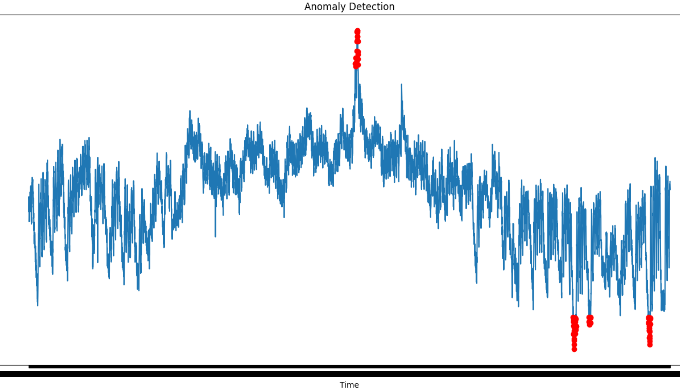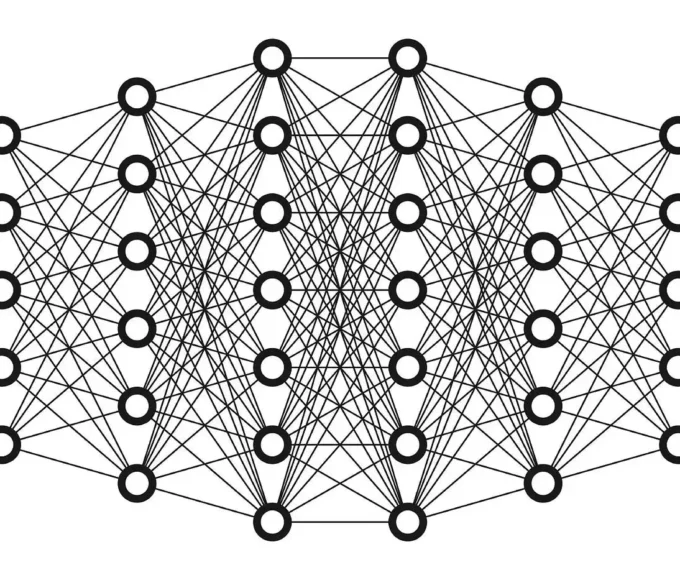In a world where technology has become an integral part of our lives, virtual voice assistants have emerged as invaluable companions. From helping us with everyday tasks to providing instant information, these intelligent assistants have revolutionized the way we interact with technology. Behind the scenes, machine learning plays a vital role in enabling these virtual voices to understand us better and provide personalized experiences. Let’s dive into the fascinating world of machine learning in virtual voice technology and explore how it unleashes its power.
Understanding Human Speech:
One of the most remarkable feats of machine learning in virtual voice technology is its ability to understand human speech. We, humans, communicate using a diverse range of accents, dialects, and languages. Yet, virtual voice assistants like Siri, Alexa, and Google Assistant have the remarkable ability to comprehend our commands and questions effortlessly.
Machine learning algorithms are at the heart of this capability. They are trained on vast amounts of voice data, allowing them to recognize patterns and nuances in speech. By employing techniques such as natural language processing (NLP) and automatic speech recognition (ASR), virtual voice assistants become adept at understanding the subtleties of human communication.
Personalized Assistance:
Have you ever wondered how virtual voice assistants seem to know you so well? Machine learning is the secret ingredient behind the personalized experiences offered by these intelligent assistants. As we interact with them, they learn from our preferences, behavior, and context to tailor their responses and recommendations.
Machine learning algorithms analyze the vast amounts of data generated by our interactions with virtual voice assistants. They recognize patterns in our requests, understand our preferences, and make accurate predictions about our needs. This allows them to offer personalized recommendations, from suggesting the best restaurants in our area to providing customized playlists based on our musical taste.
Continuous Learning:
What makes machine learning in virtual voice technology truly remarkable is its ability to learn and adapt over time. Virtual voice assistants are not static entities; they evolve and improve as they gather more data and encounter new scenarios. This continuous learning process is known as “online learning.”
Through online learning, virtual voice assistants become more accurate, efficient, and capable of handling complex tasks. They learn from user feedback, corrections, and new data, refining their models and algorithms. This ongoing process ensures that virtual voice assistants stay up-to-date with the latest information and deliver ever-improving user experiences.
Enhancing Accessibility:
Machine learning in virtual voice technology has also made significant strides in enhancing accessibility for individuals with disabilities. For those with visual impairments or mobility challenges, virtual voice assistants serve as invaluable tools that provide a seamless way to interact with technology.
Through the power of machine learning, virtual voice assistants can assist users in navigating their devices, performing tasks etc. The ability to control smart home devices, send messages, and perform online searches through voice commands empowers individuals with disabilities to fully engage with the digital world.
Indian startups in Virtual voice technology:
India has witnessed the rise of several innovative startups that are leveraging machine learning in virtual voice technology. These startups are making significant contributions to the field and pushing the boundaries of what virtual voice assistants can do. Here are a few notable examples:
Slang Labs: Slang Labs, based in Bangalore, specializes in building multilingual voice interfaces for mobile apps. Their machine learning-driven technology enables developers to integrate voice-based interactions into their applications effortlessly. With their solutions, businesses can create voice-enabled apps that cater to a diverse user base, enhancing user experiences and accessibility.
Reverie Language Technologies: Reverie Language Technologies, headquartered in Bangalore, focuses on providing language technology solutions. They leverage machine learning and natural language processing to develop voice-enabled chatbots and virtual assistants that can understand and respond in multiple Indian languages. Their solutions bridge the linguistic divide and enable seamless communication for users across the country.
Haptik: Haptik, based in Mumbai, offers an AI-powered virtual assistant platform that combines chatbots and voice-based interactions. Their platform employs machine learning algorithms to understand user queries and provide personalized assistance. Haptik’s virtual assistants are used by businesses across various industries, enabling them to deliver exceptional customer experiences through voice technology.
The advancements in machine learning have unlocked the true potential of virtual voice technology, transforming it into intelligent assistants that understand and adapt to our needs.
With ongoing improvements in understanding human speech, personalization, continuous learning, and accessibility, virtual voice assistants will continue to play an increasingly important role in our daily lives, enhancing our interactions with technology and opening up new possibilities for human-machine collaboration.
















7 Comments